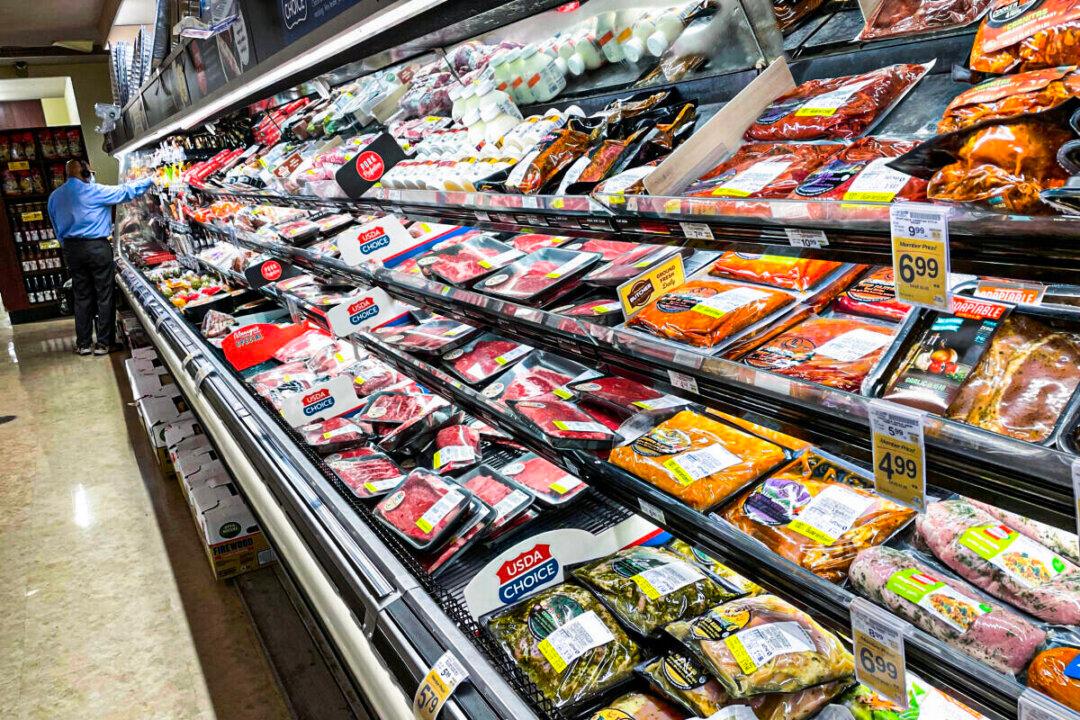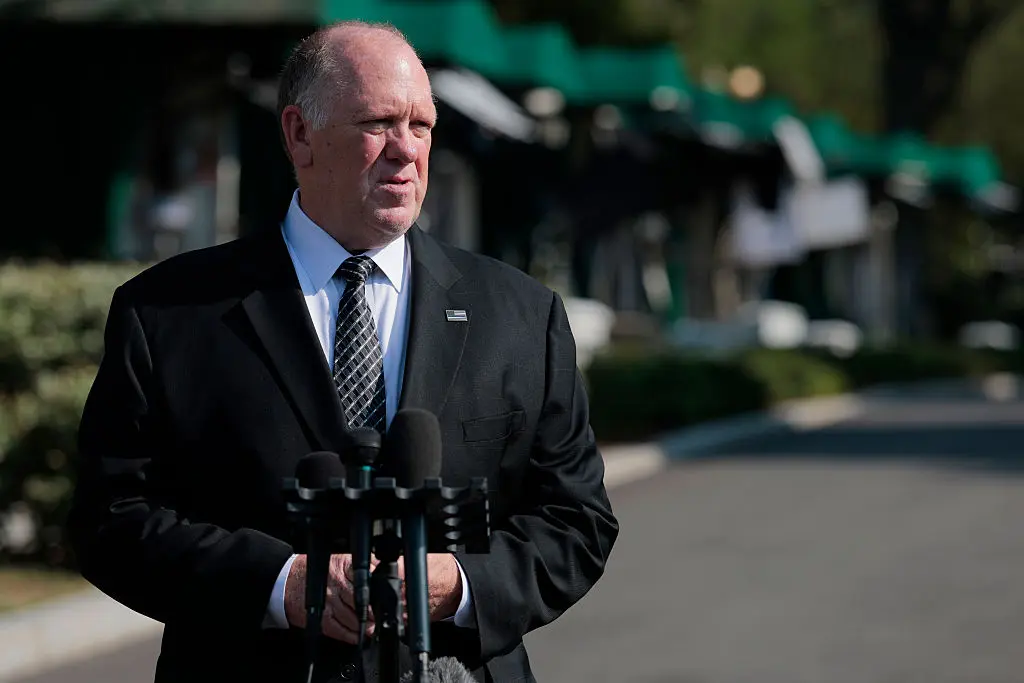U.S. consumer sentiment has fallen to its lowest level in almost 11 years, amid a surge in gasoline prices and overall concern about the economy’s future.
The consumer sentiment index fell to 59.7 this month, which is almost a 5 percent month-on-month decline from February’s 62.8 value, and a decline of 29.7 percent when compared to 84.9 a year ago.





